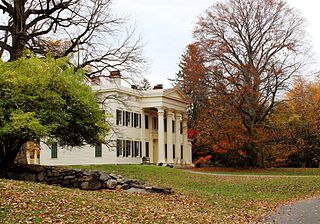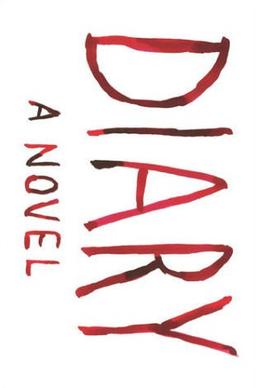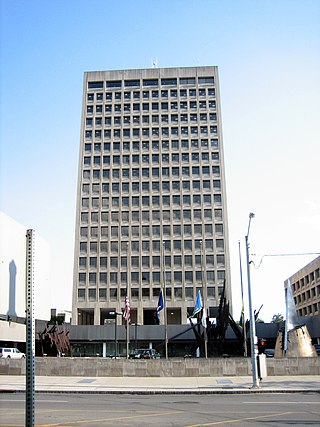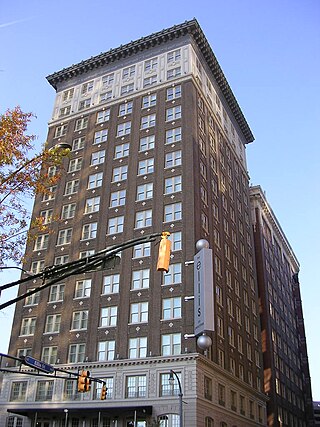
Arson is the act of willfully and deliberately setting fire to or charring property. Although the act of arson typically involves buildings, the term can also refer to the intentional burning of other things, such as motor vehicles, watercraft, or forests. The crime is typically classified as a felony, with instances involving a greater degree of risk to human life or property carrying a stricter penalty. Arson which results in death can be further prosecuted as manslaughter or murder. A common motive for arson is to commit insurance fraud. In such cases, a person destroys their own property by burning it and then lies about the cause in order to collect against their insurance policy.

Harrison is a town and village in Westchester County, New York, United States. It's a suburb of New York City, located 22 miles (35 km) northeast of Manhattan. The population was 28,218 at the 2020 census.

Rye is a coastal city in Westchester County, New York, United States, located near New York City and within the New York City metropolitan area. It is separate from the Town of Rye, which has more land area than the city. The City of Rye, formerly the Village of Rye, was part of the Town until it received its charter as a city in 1942, making it the youngest city in the State of New York. Its population density for its 5.85 square miles of land is roughly 2,729.76/sq mi.

The Beverly Hills Supper Club fire in Southgate, Kentucky, is the seventh deadliest nightclub fire in history. It occurred on the night of May 28, 1977, during the Memorial Day holiday weekend. A total of 165 people died and more than 200 were injured as a result of the blaze.

Diary is a 2003 novel by Chuck Palahniuk. The book is written like a diary. Its protagonist is Misty Wilmot, a once-promising young artist who works as a waitress in a hotel. Her husband, a contractor, is in a coma after a suicide attempt. According to the description on the back of Diary, Misty "soon finds herself a pawn in a larger conspiracy that threatens to cost hundreds of lives."

On February 18, 2003, an arsonist set fire to a Daegu Metro subway train as it arrived at Jungangno station in central Daegu, South Korea. The resulting blaze, which spread when a second train stopped at the same station, killed 192 people and injured another 151. It remains the deadliest loss of life in a single deliberate incident in South Korean peacetime history, surpassing the 1982 shooting rampage committed by Woo Bum-kon.

Stouffer's is a brand of frozen prepared foods currently owned by Nestlé. Its products are available in the United States and Canada. Stouffer's is known for such popular fare as lasagna, macaroni and cheese, meatloaf, ravioli, and salisbury steak. It also produces a line of reduced-fat products under the Lean Cuisine brand name. In February 2023, Nestle Canada announced their intentions to wind down and exit the frozen meals and pizza business within the next six months.
Ramada is a large American multinational hotel chain owned by Wyndham Hotels & Resorts. As of December 31, 2022, it operates 851 hotels with 120,344 rooms across 63 countries under the Ramada brand.

The following events occurred in February 1981:
The Worsley Hotel Fire was a major arson fire at the Worsley Hotel in Maida Vale, London on 13 December 1974. It killed seven people, including a probationary firefighter.
The 1978 Holiday Inn fire broke out at a Holiday Inn hotel located at 1525 West Ridge Road in the town of Greece, New York, United States, on November 26, 1978. The fire was considered notable enough by the National Fire Protection Association (NFPA) and the Center for Fire Research to document the fire in their 1979 publications. In the end, ten people were killed and 34 injured; seven of the fatalities were Canadian nationals. In 2008, the NFPA listed the 1978 Holiday Inn fire as one of only three dozen or so fires which killed ten or more people in the U.S. between 1934 and 2006.

The Kerns Hotel fire of December 11, 1934, in Lansing, Michigan, United States, killed 34 people, including seven Michigan state legislators, and according to the Lansing Fire Department, was the worst fire disaster in the history of Lansing. The fire occurred around 5:30 am and spread rapidly through the building's wooden interior, trapping many of the hotel's 215 guests in their rooms and forcing them to escape via fire ladders or life nets. In addition to the fatalities, 42 more people, including fourteen firemen, were injured in the fire, which was thought to have been caused by a carelessly discarded cigarette.

The Winecoff Hotel fire, of December 7, 1946, was the deadliest hotel fire in American history, killing 119 hotel occupants, including the hotel's original owners. Located at 176 Peachtree Street in Atlanta, Georgia, the Winecoff Hotel was advertised as "absolutely fireproof". While the hotel's steel structure was indeed protected against the effects of fire, its interior finishes were combustible and the building's exit arrangements consisted of a single stairway serving all fifteen floors. All of the hotel's occupants above the fire's origin on the third floor were trapped, and the fire's survivors either were rescued from upper-story windows or jumped into nets held by firemen.
The Gulliver's nightclub fire occurred in the early hours of June 30, 1974, on the border of Port Chester, New York and Greenwich, Connecticut. The fire killed 24 patrons and injured 19 patrons and 13 firemen. The fire was caused by arson in an adjacent bowling alley that had been aimed at covering up a minor burglary there.

The Hotel Cleveland, Autograph Collection is a historic hotel on Public Square in Cleveland, Ohio, opened in 1918. It is today part of the Tower City Center mixed-use complex.

The Briarcliff Lodge was a luxury resort in the village of Briarcliff Manor, New York. It was a notable example of Tudor Revival architecture, and was one of the largest wooden structures in the United States. It was also the first hotel in Westchester County. Walter William Law had it built on his estate, and the Law family owned it until 1937. When the lodge opened in 1902, it was one of the largest resort hotels in the world. The lodge hosted presidents, royalty, and celebrities, and was the scene of numerous memorable occasions for visitors and local residents who attended weddings, receptions, and dances in the ballroom and dining room. For a long time, the lodge was situated among other businesses of Walter Law, including the Briarcliff Farms and Briarcliff Table Water Company.
Between 1982 and 1983, a group of eight police officers, firefighters and regular civilians set between 163 and 260 fires in the city of Boston, Massachusetts and nine surrounding towns and cities to protest Proposition 2½, hoping to revert the budget cuts that led to hundreds of police officers and firefighters being laid off. Proposition 2½ also caused many public services such as schools, libraries and centers to suffer.











